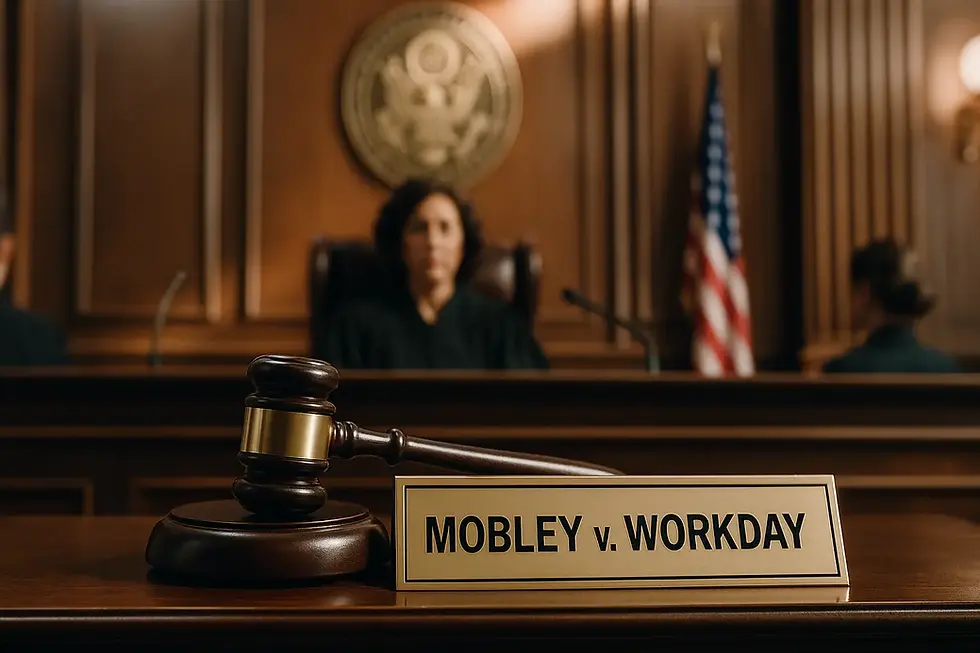Detecting Discriminatory Patterns in AI Recruitment Systems
- Raghav Singh
- Jun 25
- 2 min read
Updated: Jun 26
Artificial intelligence has transformed hiring, promising faster, fairer selections. Yet algorithms learn from historical data soaked in human bias. When left unchecked, they can quietly replicate discrimination at scale—blocking older workers, sidelining disabled talent, or ranking minority résumés lower. Detecting these patterns is now a business, legal, and moral imperative.

Why does it matter? U.S. laws like Title VII, the ADA, and the ADEA—and new rules such as New York City’s Local Law 144—hold employers accountable for disparate impact caused by automated decision tools. In Europe, GDPR and the forthcoming EU AI Act demand transparency and human oversight. Lawsuits like Mobley v. Workday show that ignoring bias can cost millions and shatter brand trust.
The first step is measurement. Collect demographic data (lawfully and voluntarily) and compute selection-rate ratios. If any protected group’s pass rate falls below 80 percent of the highest group—a classic “four-fifths” rule—you may have adverse impact. Drill deeper: examine résumé-screening scores, interview invitations, and offer decisions to locate the stage where inequality emerges.
Next, audit the algorithm itself. Probe feature importance: are proxies for age (graduation year), gender (name), or disability (employment gaps) driving decisions? Use counterfactual testing—change one attribute at a time and observe score shifts. Where proprietary vendor models obscure factors, deploy external bias-detection libraries to flag unexplained variance.
Finally, validate in the wild. Deploy synthetic “mystery applicants” who differ only in protected traits and track their journey through the hiring funnel. This live-fire test mimics candidate reality and reveals bias hidden behind clean dashboards.
Bias isn’t inevitable; it’s measurable and correctable. Regular audits, transparent data practices, and diverse human review turn AI from a litigation minefield into a talent accelerator—helping companies hire faster and fairer. Make auditing routine—your brand, compliance, and candidates will thank you tomorrow.



Comments